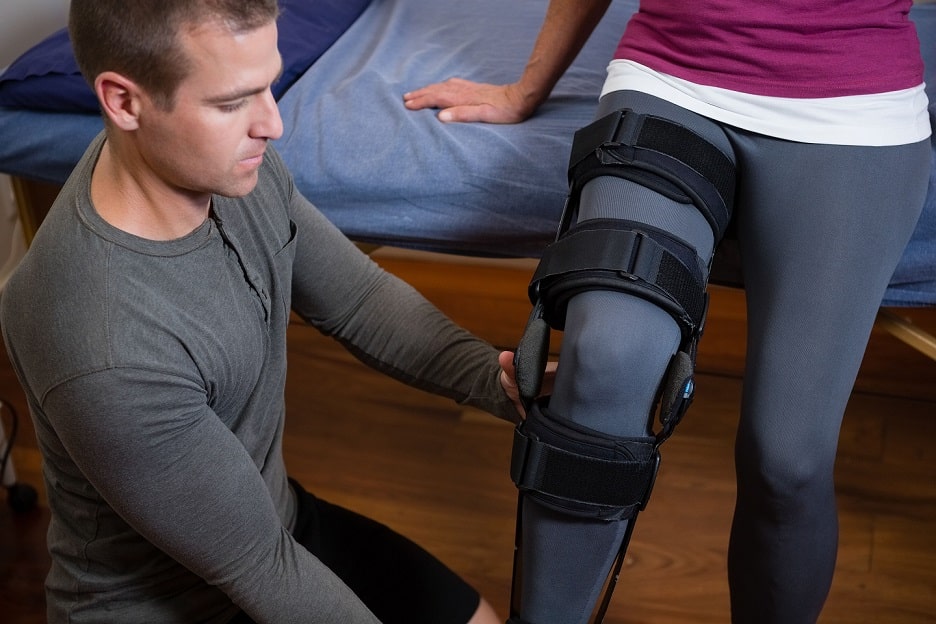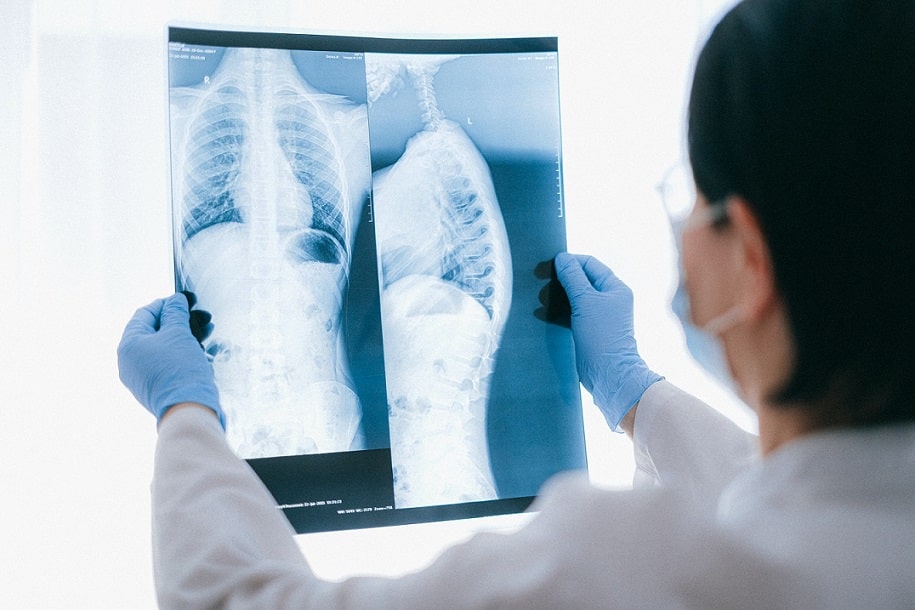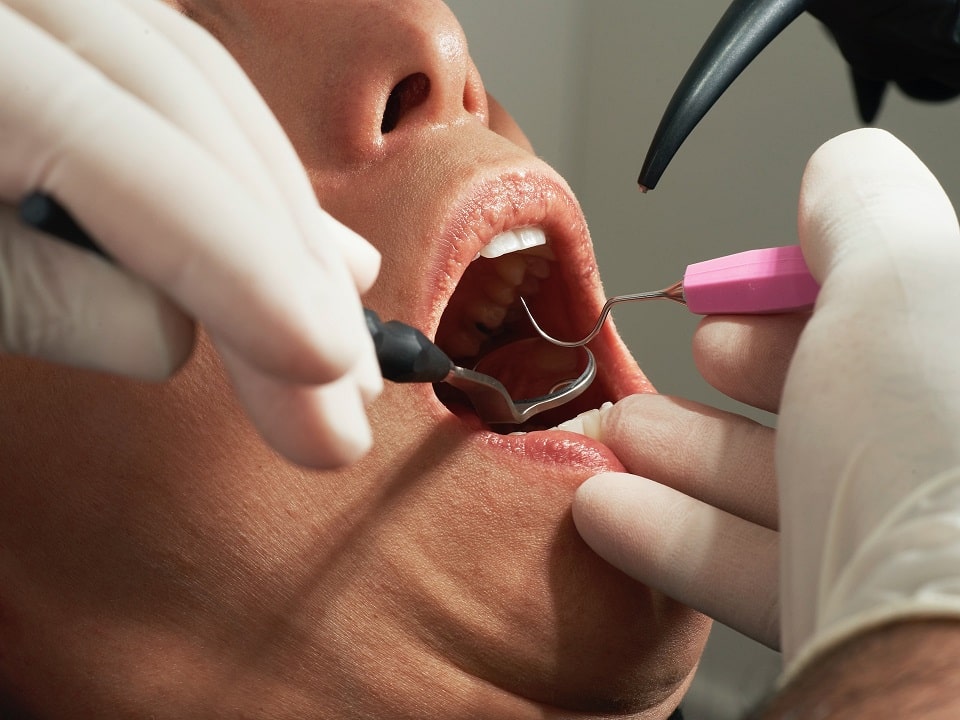 In this blog I will attempt to explain the claims process for general personal injury claims. By general personal injury claims I mean tripping/slipping accidents (whether in a public place or in the supermarket for example), work accidents, injuries involving animals etc.
In this blog I will attempt to explain the claims process for general personal injury claims. By general personal injury claims I mean tripping/slipping accidents (whether in a public place or in the supermarket for example), work accidents, injuries involving animals etc.
These are all accidents that come under the scope of the Pre-Action Protocol for Personal Injury Claims. Road traffic accidents do not initially come under this protocol and are processed in a different way and are subject to different time limits. Road traffic accidents come under the scope of the Road Traffic Accident Protocol.
However a case can “fall out” of the road traffic accident protocol (such as if the insurers fail to respond to the claim in time). If a road traffic accident claim falls out of the Road Traffic Accident Protocol then that claim continues under the Pre-Action Protocol for Personal Injury Claims by default.
A protocol is basically a set of guidelines which assists in personal injury claims by setting out what is required from the Claimant and what is expected of the Defendant or the Defendant’s representative. The protocol imposes certain time limits which should be adhered to. If a Defendant or a Defendant’s representative does not respond in time then a Claimant can make an application to the Court. The Court does not take kindly to companies failing to adhere to protocols. The Claimant can ask the Court to make an Order to force the Defendant to respond to the claim.
In terms of the process, once it is agreed that we as a firm are going to act for you we would prepare a formal Letter of Claim. This is a letter to initiate the claim. The letter would be sent directly to the Defendant where possible. It is then up to the Defendant to notify their insurers of the claim. The Defendant will often pass the claim onto their insurers or Solicitors for them to deal with it.
The protocol sets out the information that should be included in a Letter of Claim. A Letter of Claim should set out a description of the accident itself. The letter should specify why the Defendant is at fault for the accident. The letter should state that if liability or fault is not accepted for the accident in full then certain documents should be disclosed. These documents allow a Claimant Solicitor to consider whether a denial of liability is reasonable in the circumstances. If the Defendant denies liability they should provide proof or reasons as to why the claim is denied. Without reasons it is impossible for a Solicitor to advise the Claimant on the prospects of success.
When a formal Letter of Claim is submitted the Defendant or the Defendant’s insurer should provide a response to the claim within 21 days. If no response is provided the Claimant’s Solicitor would chase matters. If the Defendant continues to ignore correspondence the Claimant’s Solicitor would have no alternative but to make an application to the Court in an attempt to force the Defendant to deal with the claim. If the Defendant provides a response within 21 days, the Defendant then has a further 3 months to investigate the claim and provide a formal response. The Defendant should either admit liability in full or deny liability and provide the disclosure documentation requested. When the protocol period expires (i.e. 21 days plus 3 months following the Letter of Claim) the Claimant can press for a liability decision and/or disclosure. If no response is received the Claimant’s Solicitor would make an application to the Court for Pre-Action Disclosure (known as a PAD application).
If the PAD application is successful (we would expect it to be successful if the Defendant has not responded in accordance with the time limits) then the Court will provide an Order to state that the Defendant must provide the disclosure documentation and/or a decision on liability. A PAD application is not a quick fix but it is often required to move the claim forward.
If liability is admitted the Claimant’s Solicitor would proceed to obtain medical evidence for the Claimant. A consultation would be arranged with a relevant expert (the expert would depend on the injuries sustained). The expert may be a GP, Orthopaedic Consultant etc. The medical expert would produce a report and it is this report that we can disclose to the other side in an attempt to recover compensation. If liability is disputed for whatever reason, the Claimant’s Solicitor is likely to review the case and decide whether to proceed (i.e. decide on the prospects of success and whether it is worth continuing to pursue the matter). Assuming that the Claimant’s Solicitor believes that there are reasonable prospects of success, we would proceed to obtain medical evidence.
When medical evidence is disclosed in support of the claim, we would expect the Defendant to come back to us with an offer of compensation. If an offer is not received within 21 days then we may decide to chase matters or we may issue Court Proceedings in an attempt to put pressure on the Defendant. If the claim cannot be settled by negotiating with the Defendant then ultimately the Court would make a decision on the case. If liability is admitted but the value of the case is not agreed, again a Court would decide but the Court would not look at the issue of liability it would solely decide the amount of compensation. In reality the vast majority of cases settle without a formal Court hearing.
In reality every case is different and at the start of the claim it is impossible to say how long a case will take or how much compensation you could potentially recover. The value of a case is dependent upon the injuries sustained and the medical evidence.
In terms of how long a case will take, this will largely depend on the other side (i.e. the Defendant or the Defendant’s insurers). While we move the case forward as quickly as possible, if an insurer does not respond for example, there is not a lot we can do until the time limits under the protocol have expired. When the protocol time limits have expired we can of course make an application to the Court to move matters forward.

 In this blog I will attempt to explain the claims process for general
In this blog I will attempt to explain the claims process for general 









